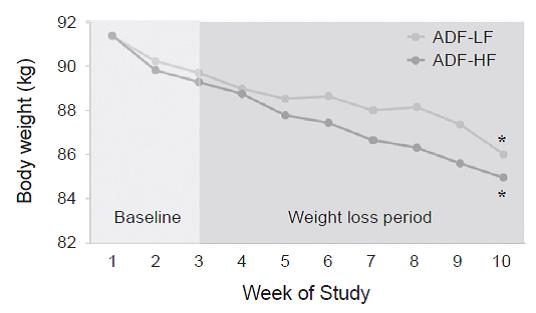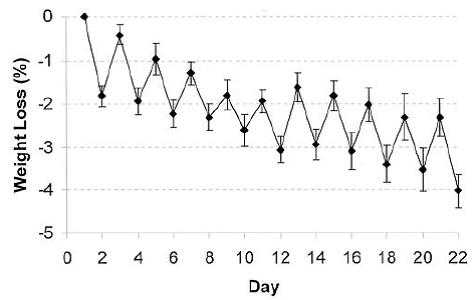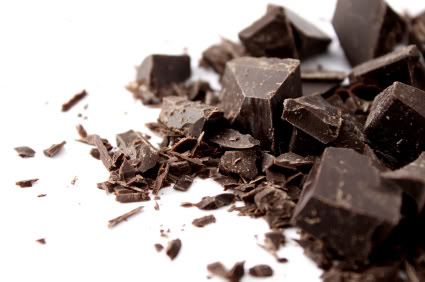Intermittent Fasting (IF) is all the rage these days, and there are a variety of different protocols out there, pioneered by people ranging from Ori Hofmekler (The Warrior Diet
Chances are you’re probably unwittingly already doing one of them, at least intermittently.
The theoretical benefits are seemingly endless (albeit via few human trials), beyond the scope of my brain.
- Non-IF: grazing; 6-8 meals per day. Only significantly fasting duration occurs while asleep.
- Normal-ish?: 3 squares. Two 5-hour fasts, then fasting while asleep.
- Eat Stop Eat or The 5/2 Bikini Diet: Eat only a small dinner 2 days/wk (600 kcal), eat normally other 5 days.
- ADF: Alternate Day Fasting – 75% restriction on day 1; 25% surplus on day 2.
- Leangains: Skip breakfast.
- The Warrior Diet: Skip breakfast & lunch. (+1)
- EOD: eat only Every Other Day. 36 hour fasts – from dinner on day 1 until breakfast on day 3.
Some of them have data (much of this was taken from my article over at BuiltLean), most of which only looks at feeding frequency, not diet per se (except Klempel).
Divide and conquer
ADF (75% restriction on day 1, 25% surplus on day 2) (Klempel et al., 2013)
They tested this with low fat and high fat versions (all food was provided and both diets worked, with a modest advantage of HF over LF):

Fat mass declined slightly more on HF, and muscle actually increased in both groups, slightly more on HF. The changes in muscle mass are surprising, as there was no exercise intervention and protein was held at 15% in both groups (but varied between 19 & 94 grams/d).
Leangains – (Lefitsky and Paconowski, 2013) :/
The Warrior Diet (Stote et al., 2007)
Technically, this diet was designed “to reduce meal frequency without caloric restriction.” Disadvantage: the participants were hungry (this wasn’t assessed in Klempel’s ADF study). And even though they tried to maintain weight, they couldn’t. Warrior dieters lost 1.7% of their body weight. However, similar to ADF, body fat declined [markedly, by 11.8%] while muscle actually increased [modestly, by 1.6%].
EOD (Heilbronn et al., 2005)
LOL body weight if you only eat every other day:

By the end of the study, they lost 2.5% body weight and 4% body fat. Thus, fat comprised 57% of the weight lost (body fat declined slightly from 23.7 to 23.0%). It seems difficult to completely make-up for an entire days calories on the subsequent “feasting” days – the participants were encouraged to eat as much of whatever they wanted until they were satisfied and still couldn’t maintain weight. And resting metabolic rate declined by about 100 kcal/d which, as Anna pointed out here, might bode well for longevity.
Under weight stable conditions, EOD doesn’t seem to affect body composition but still hampers energy expenditure (-59 kcal/d in this study Soeters et al., 2009).
ADF vs. The Warrior Diet vs. EOD
ADF: inferior to The Warrior Diet and seems like it would require tedious “calorie counting” (I’d feel like a sucker doing it).
The Warrior Diet (one big meal per day): unwitting weight loss, and improved overall body composition. +1.
EOD: weight loss, but lose a lot of muscle too. Not good in terms of body composition, but the reduced metabolic rate may be beneficial in the long run (?).
BTW wrt The Warrior Diet… 2500 kcal is a lot of food to consume in a 4 hour window:
- 9 large potatoes (3.3 kg, 7.3 lbs), or
- 3 sticks of butter (25 tbsp, 356 grams, 12.5 oz), or
- 2 bars of Scharffen Berger’s 99% Cacao
(491 grams, 17.5 oz.)

calories proper